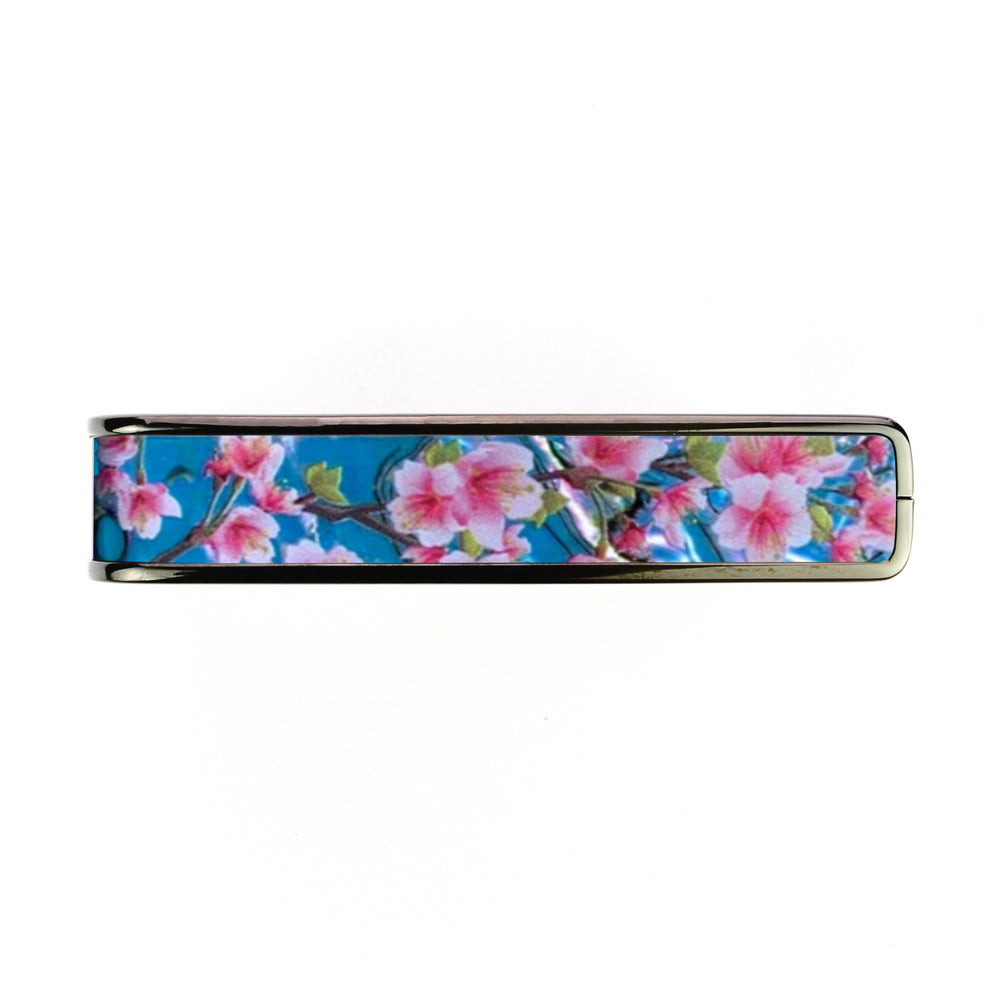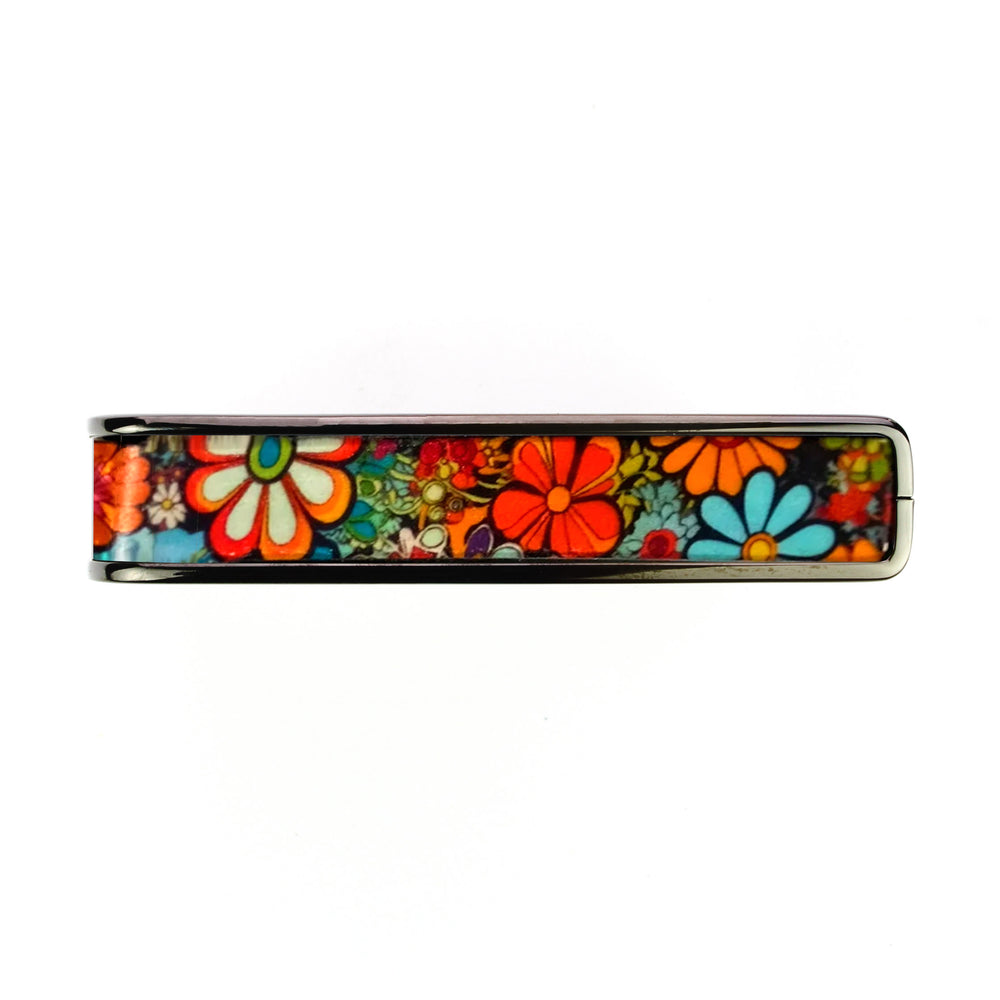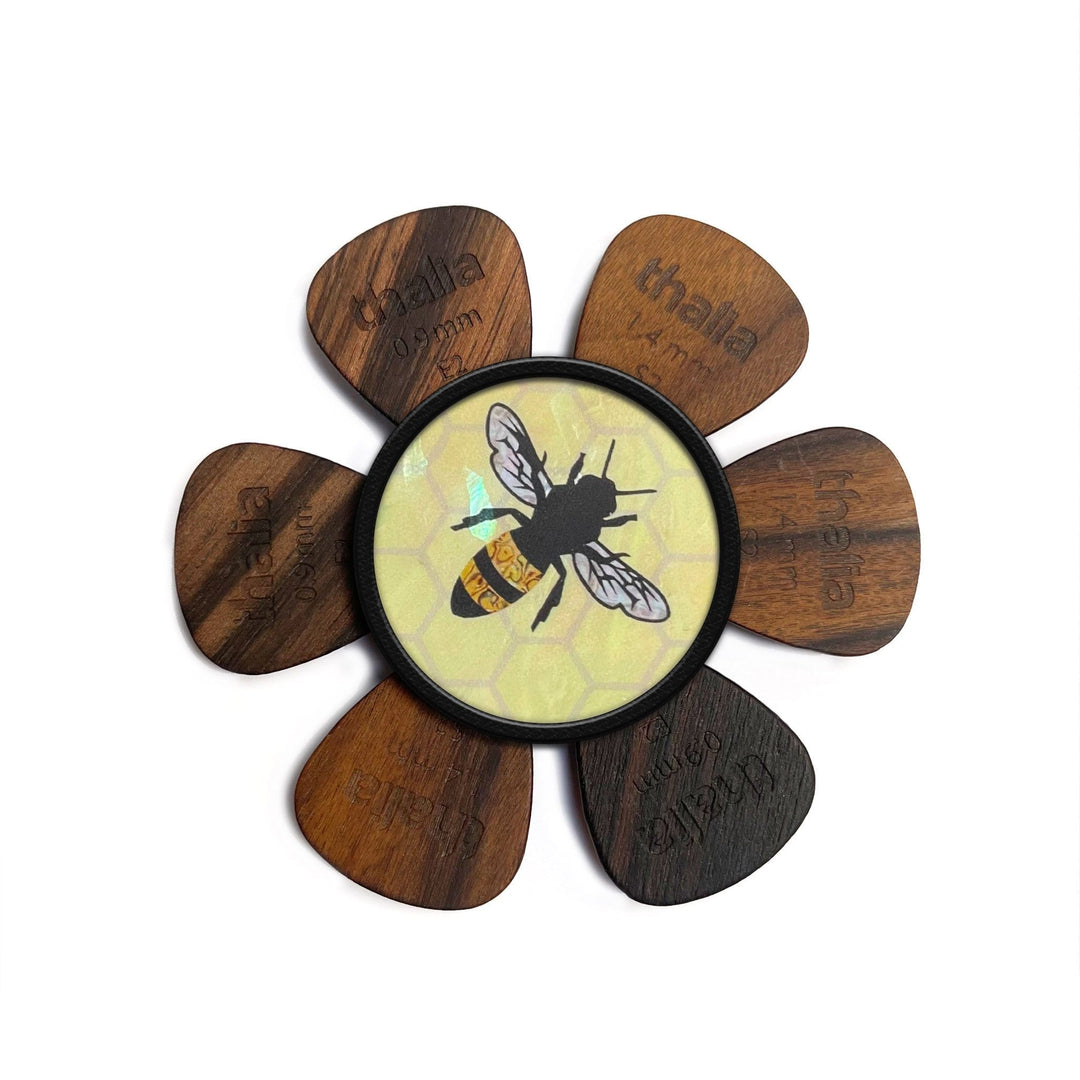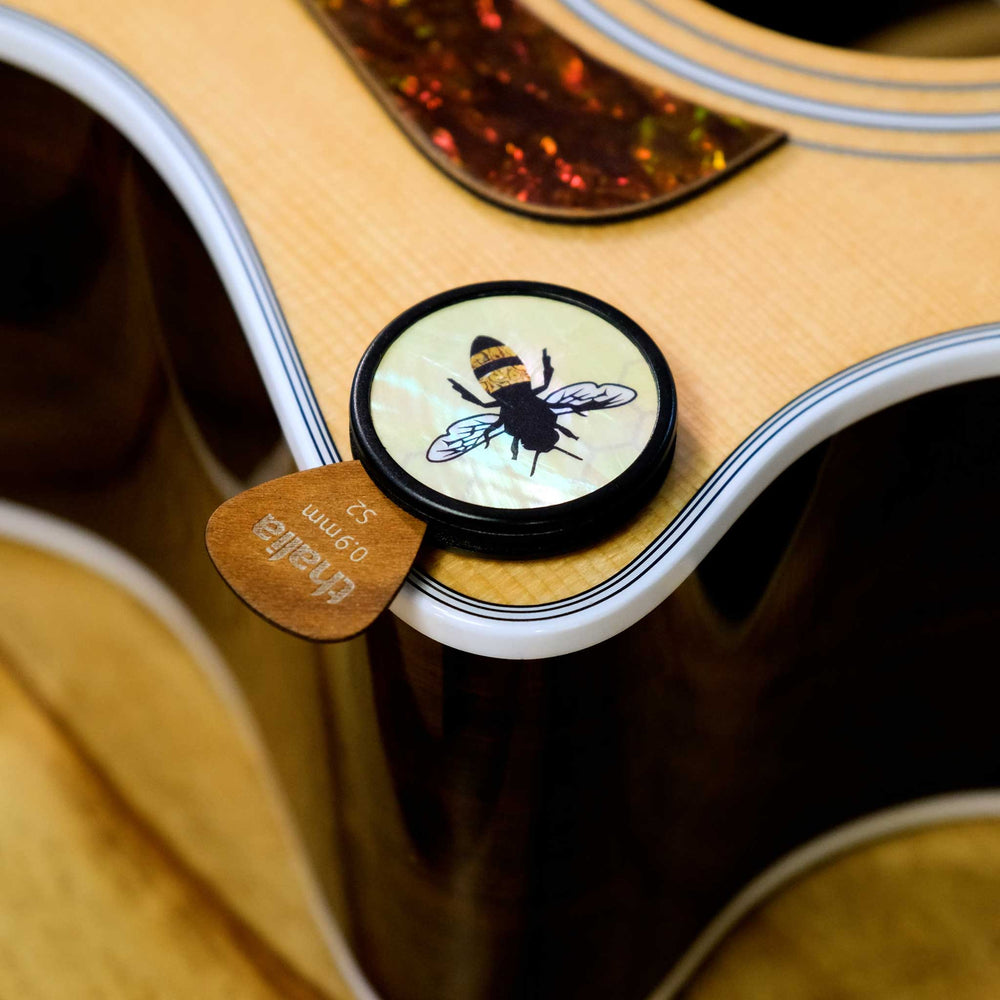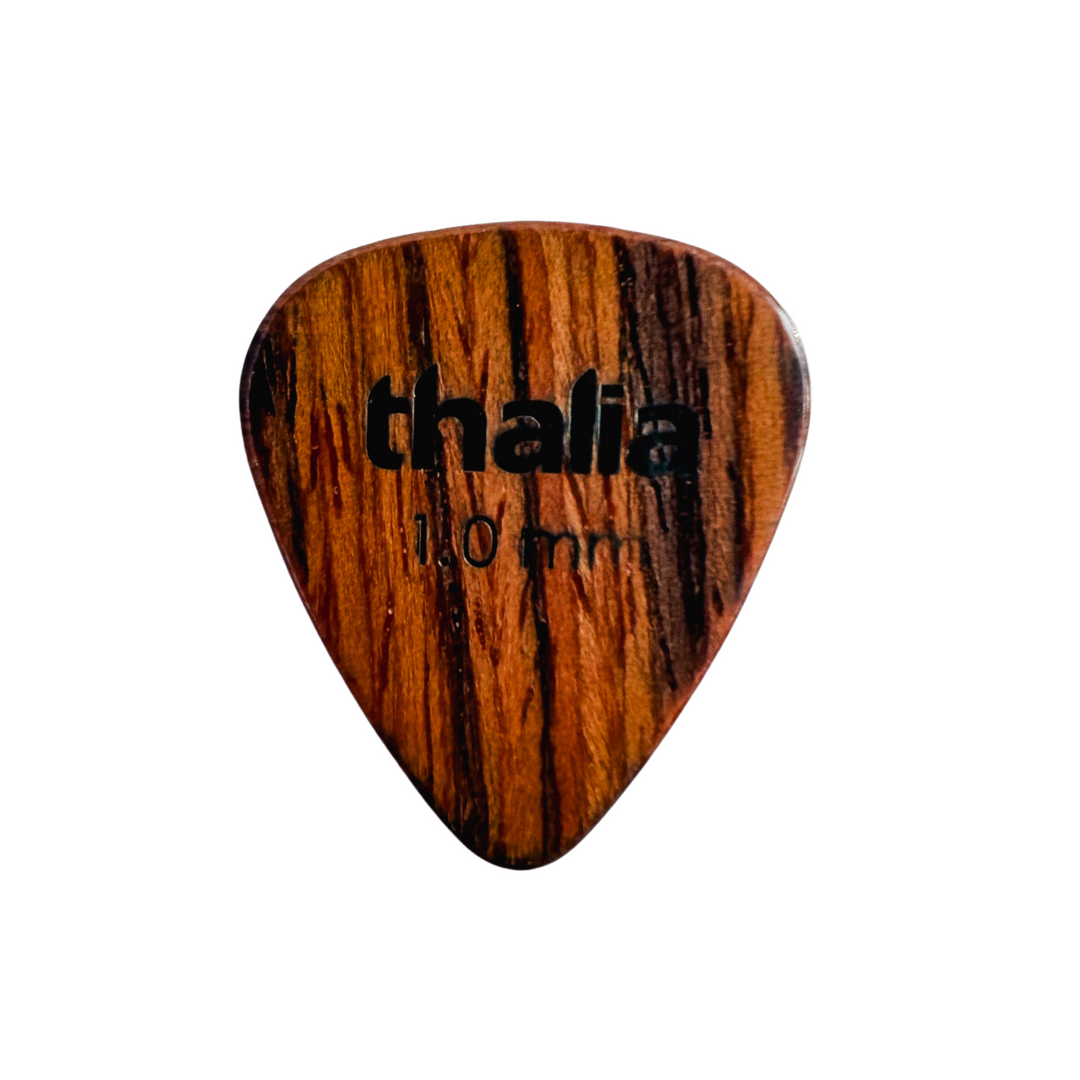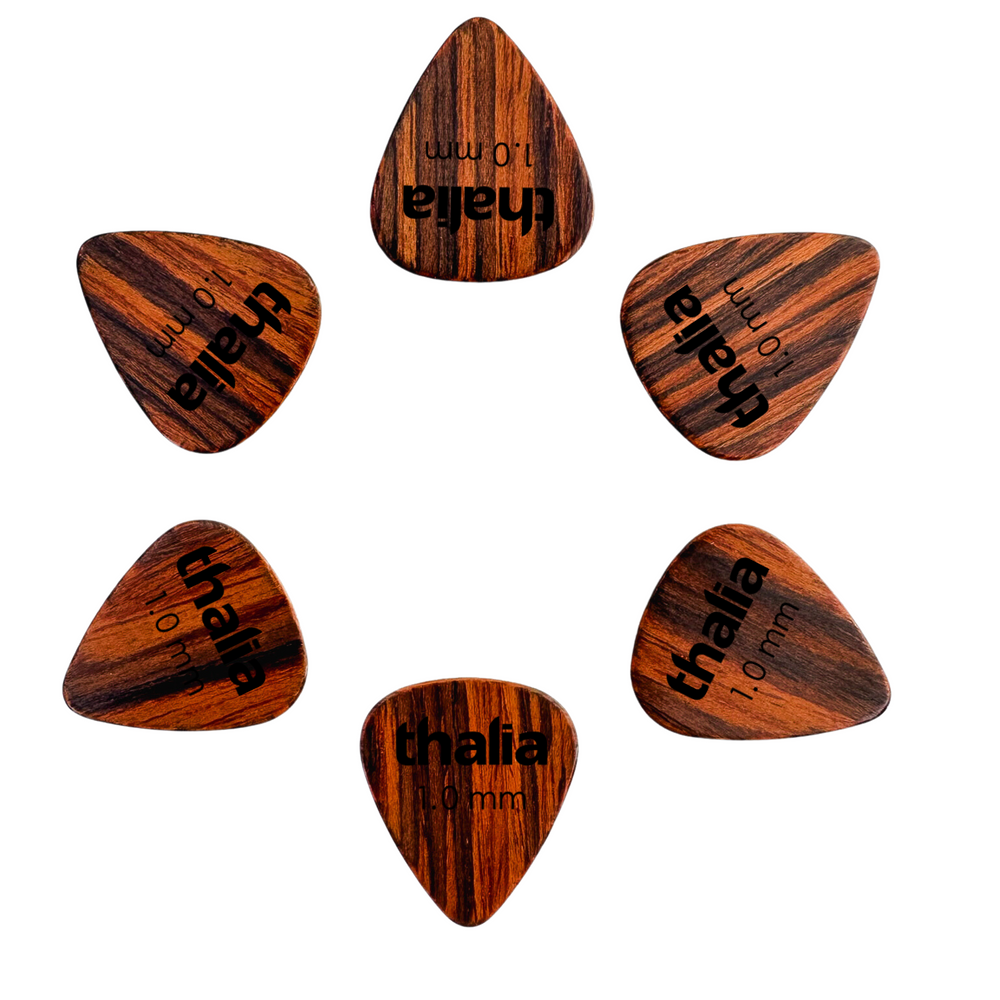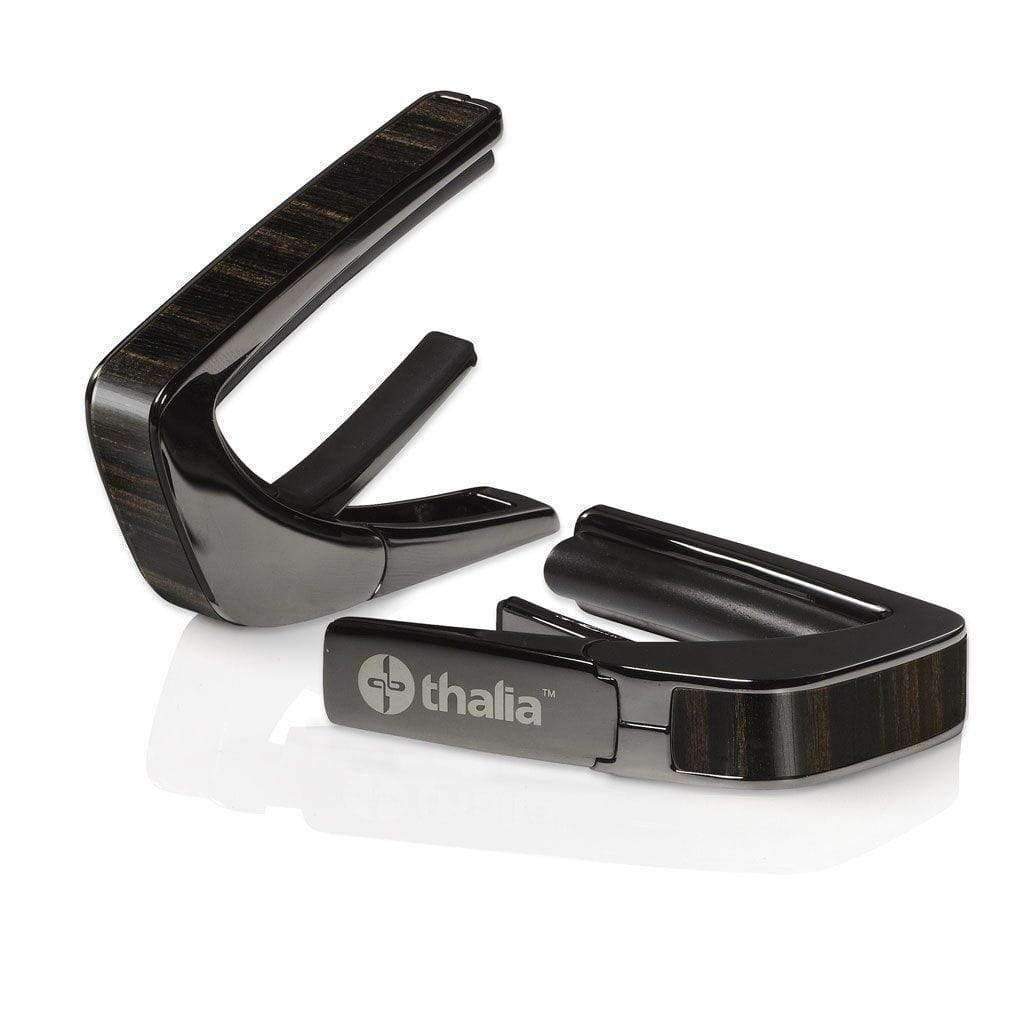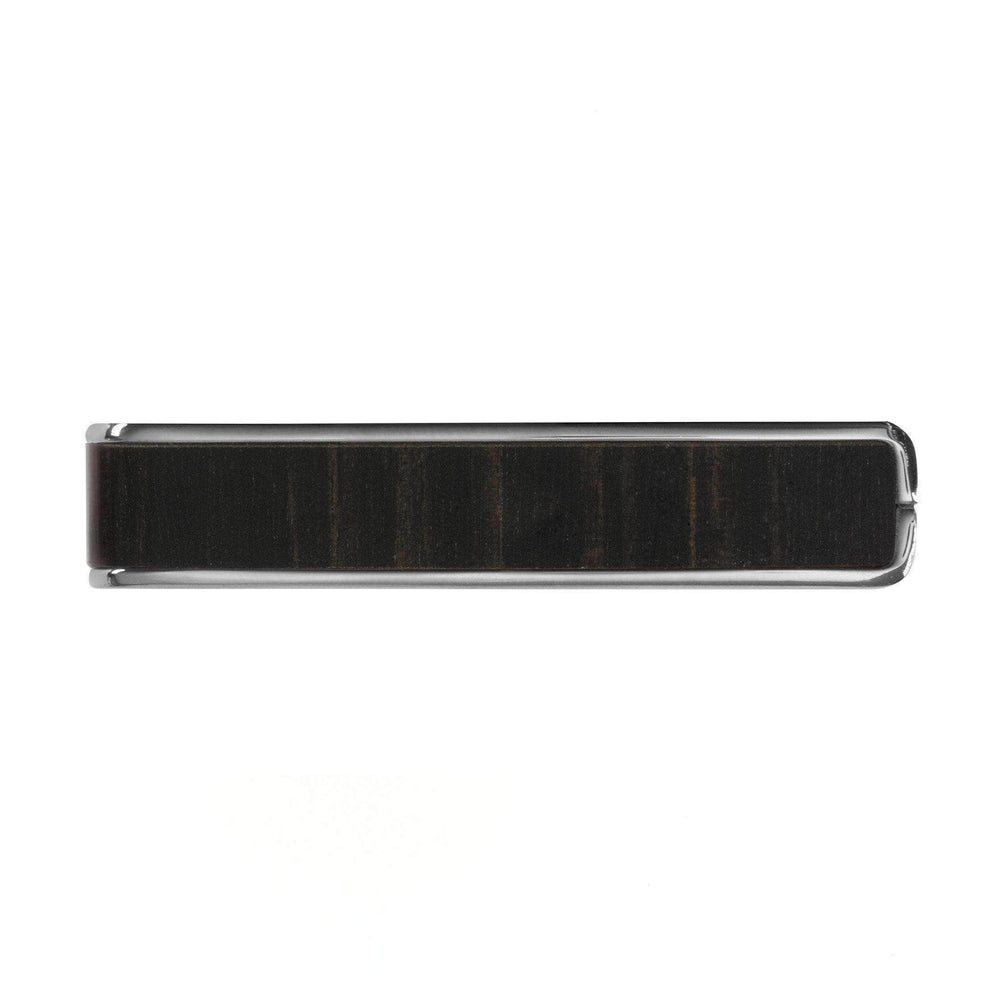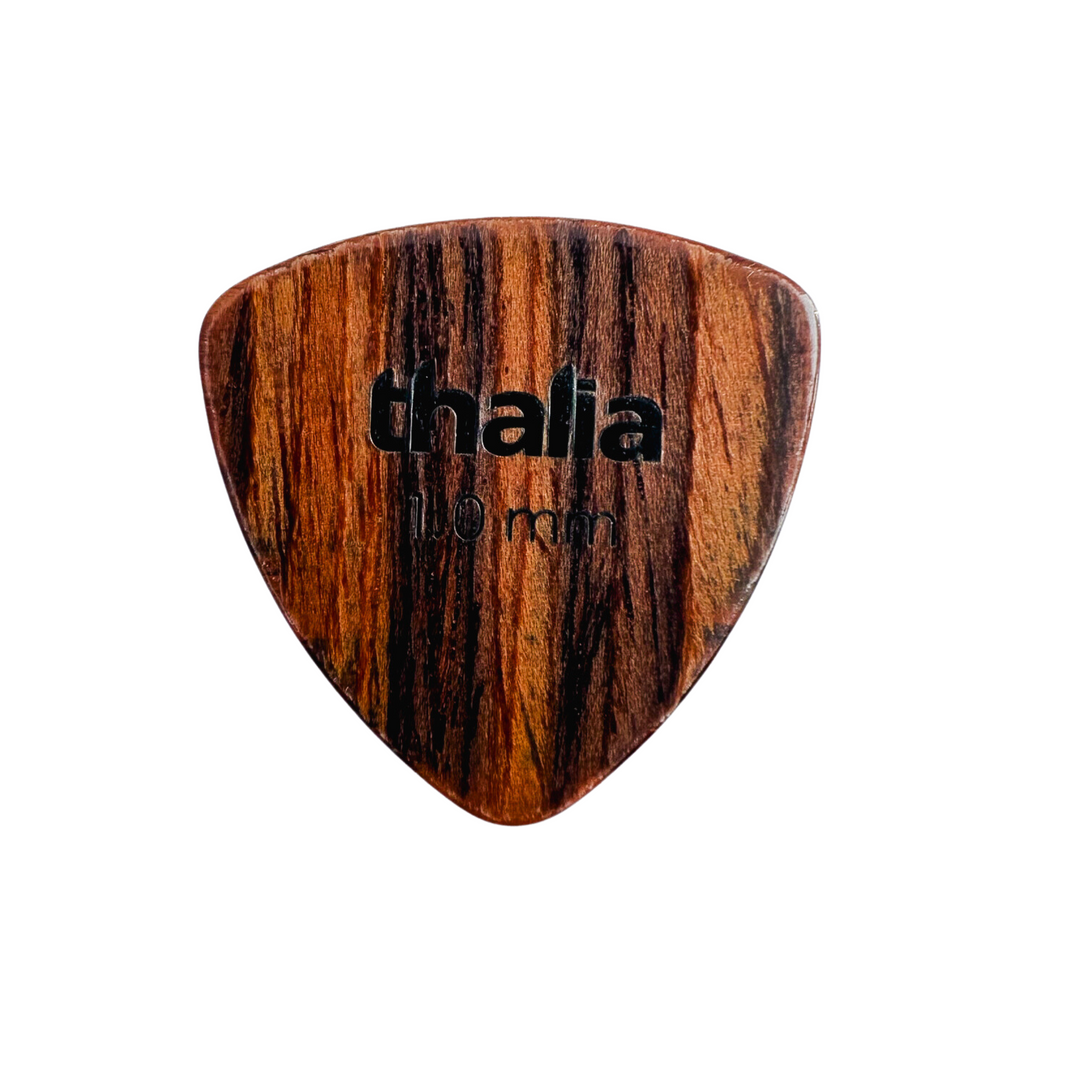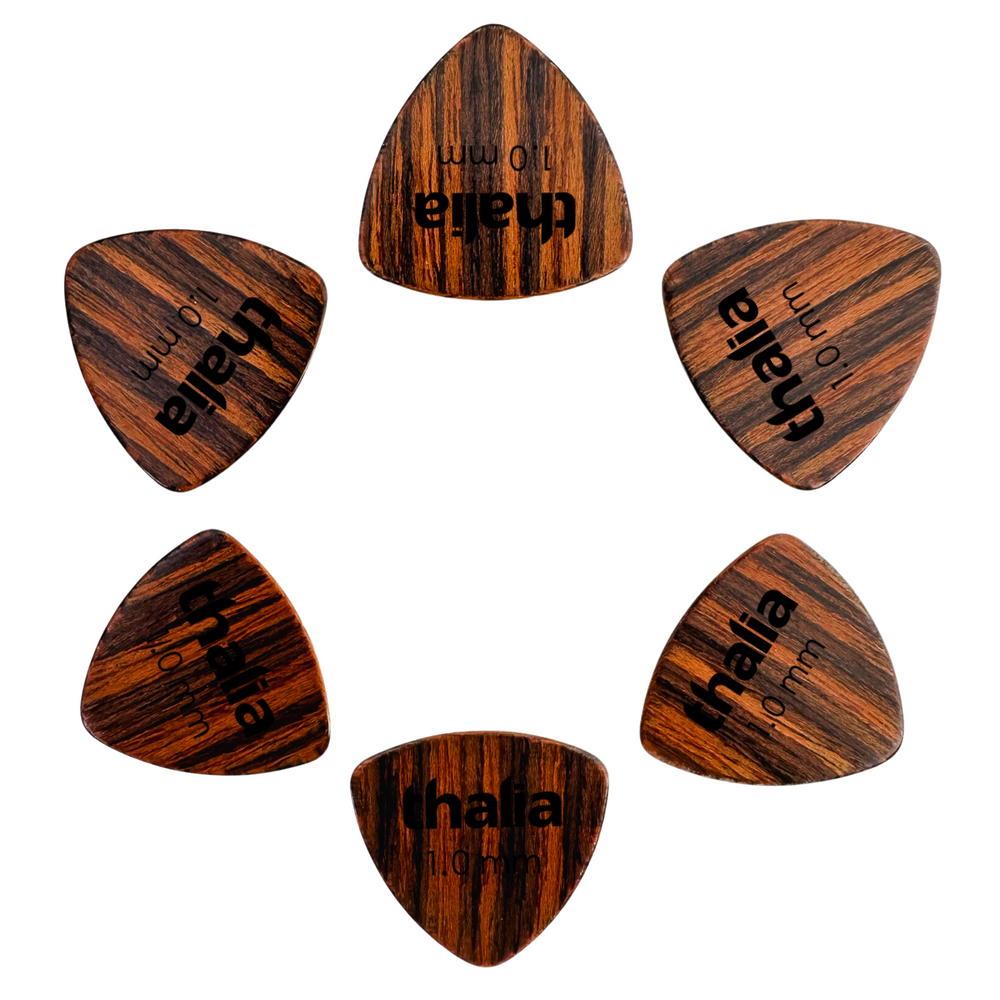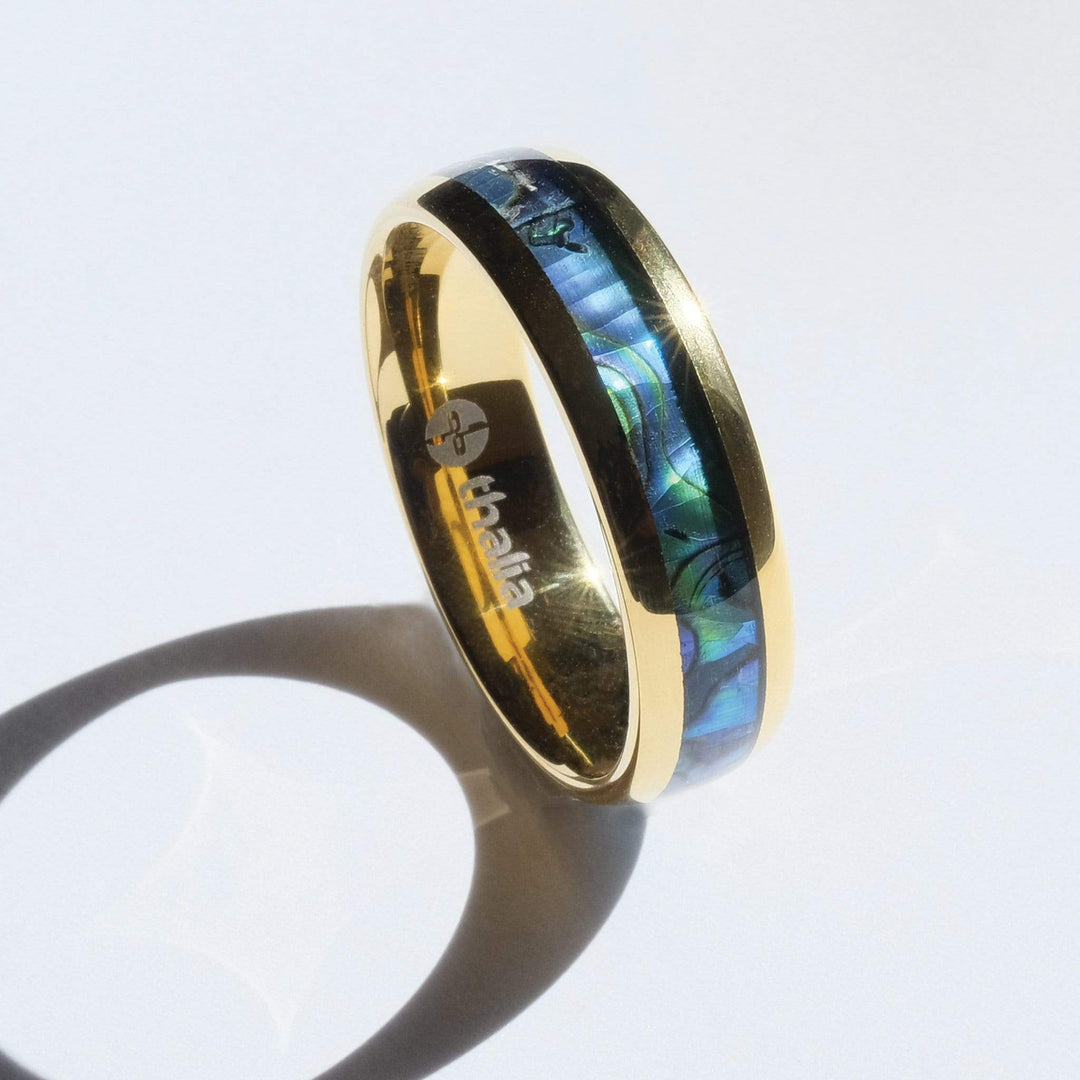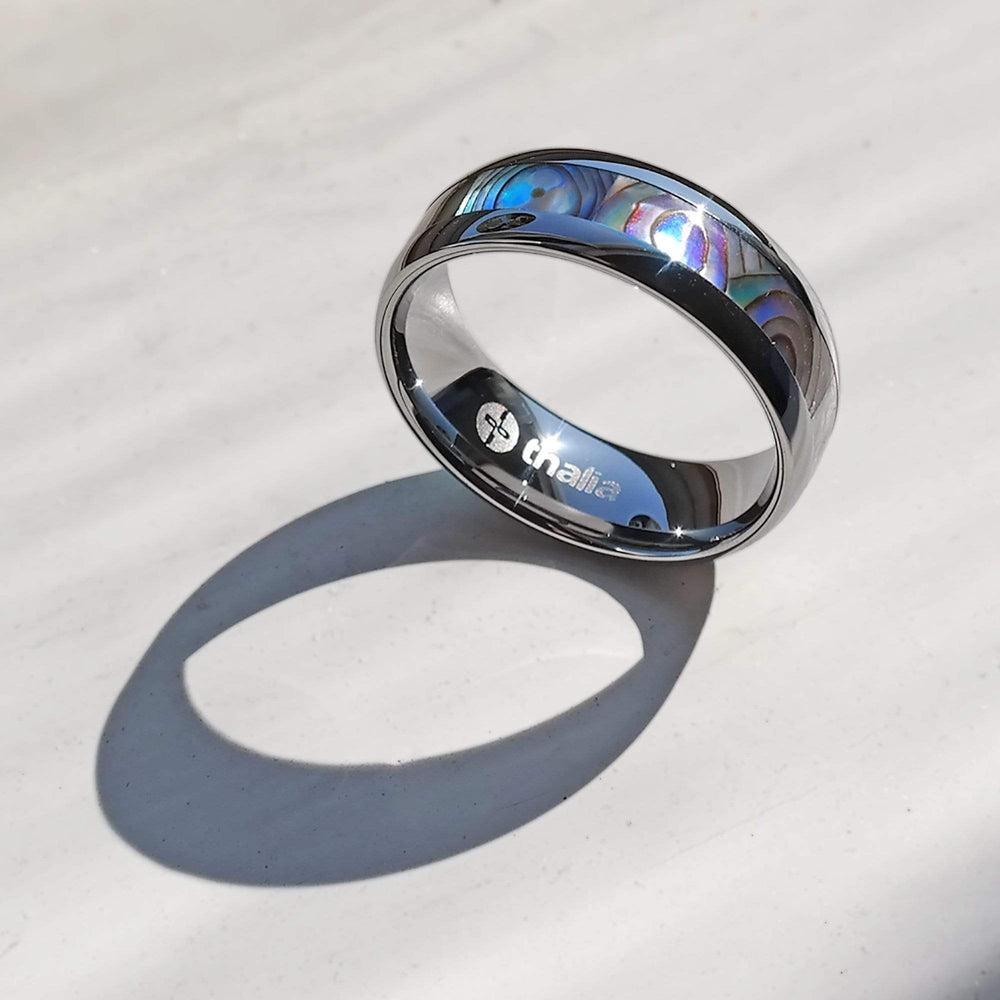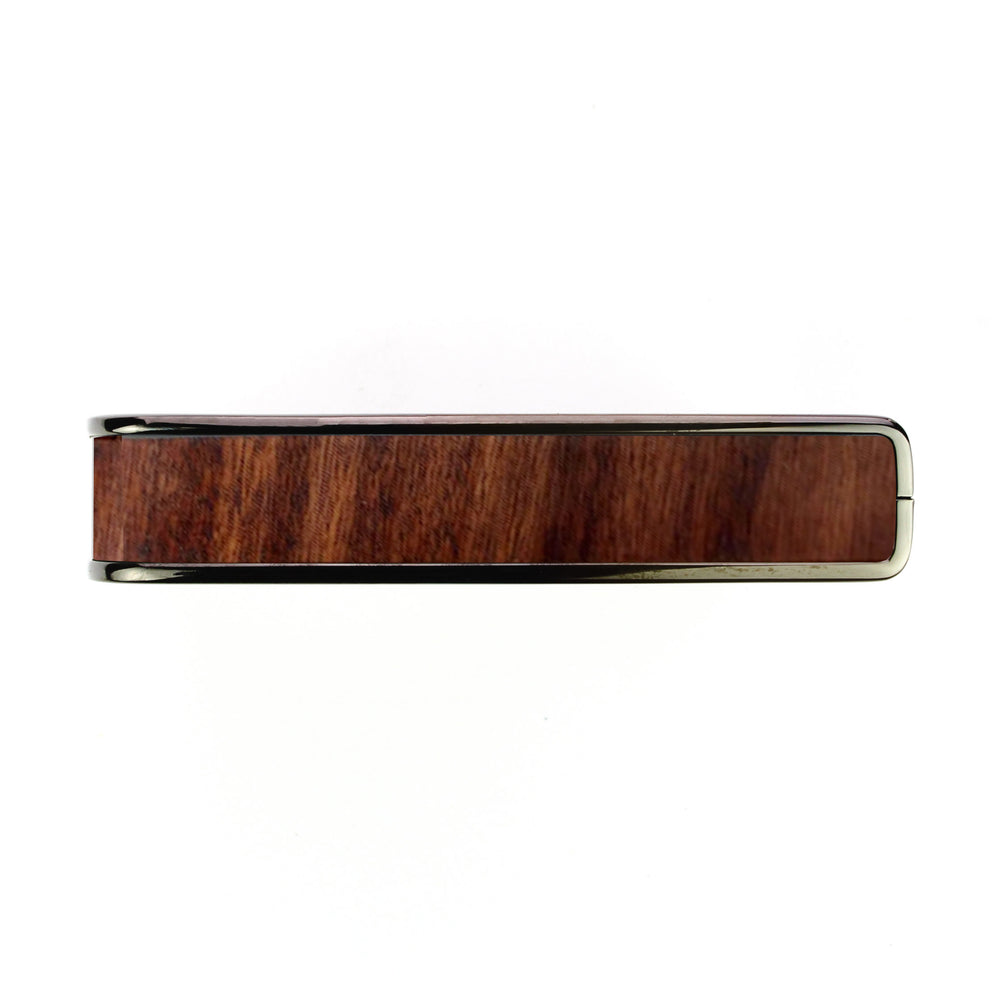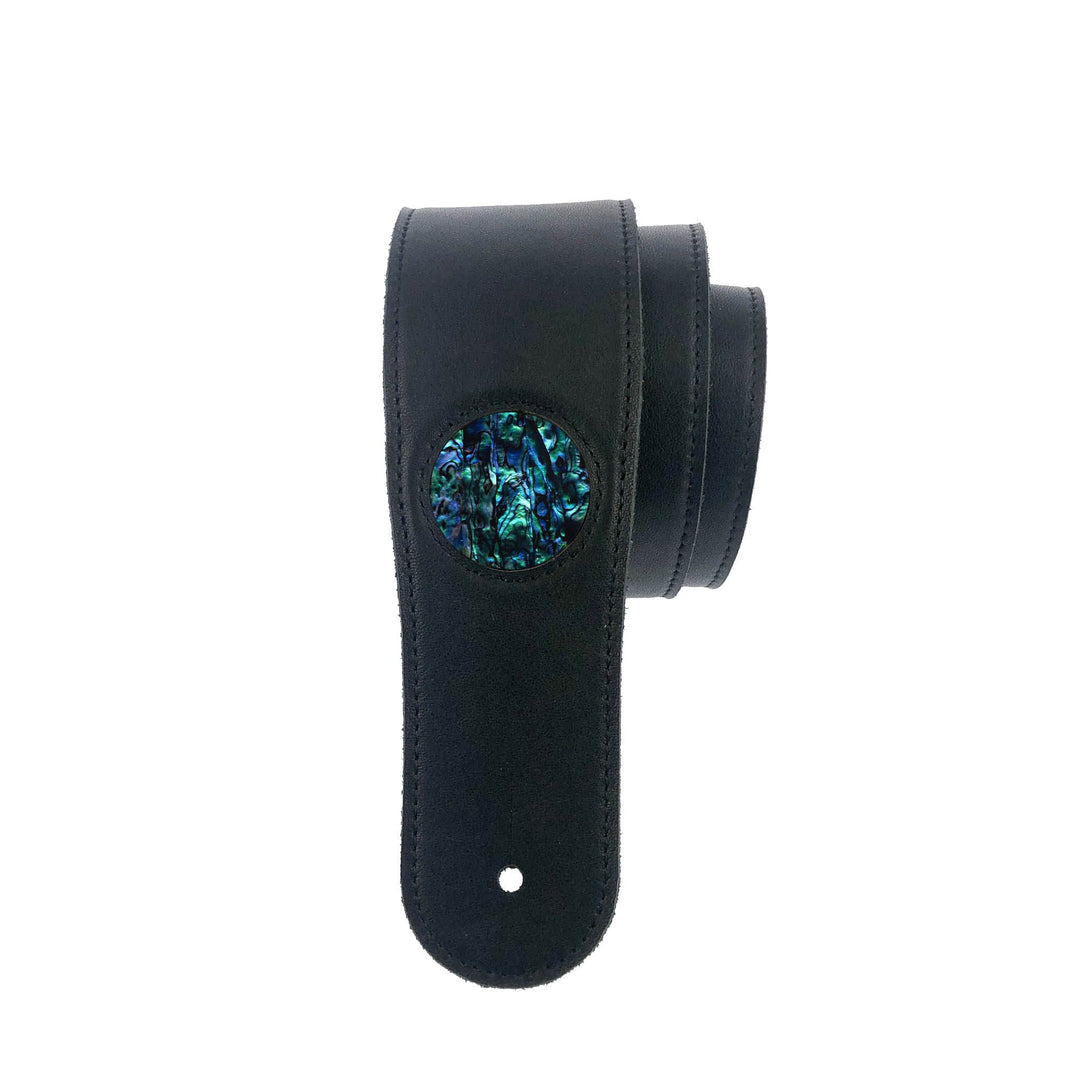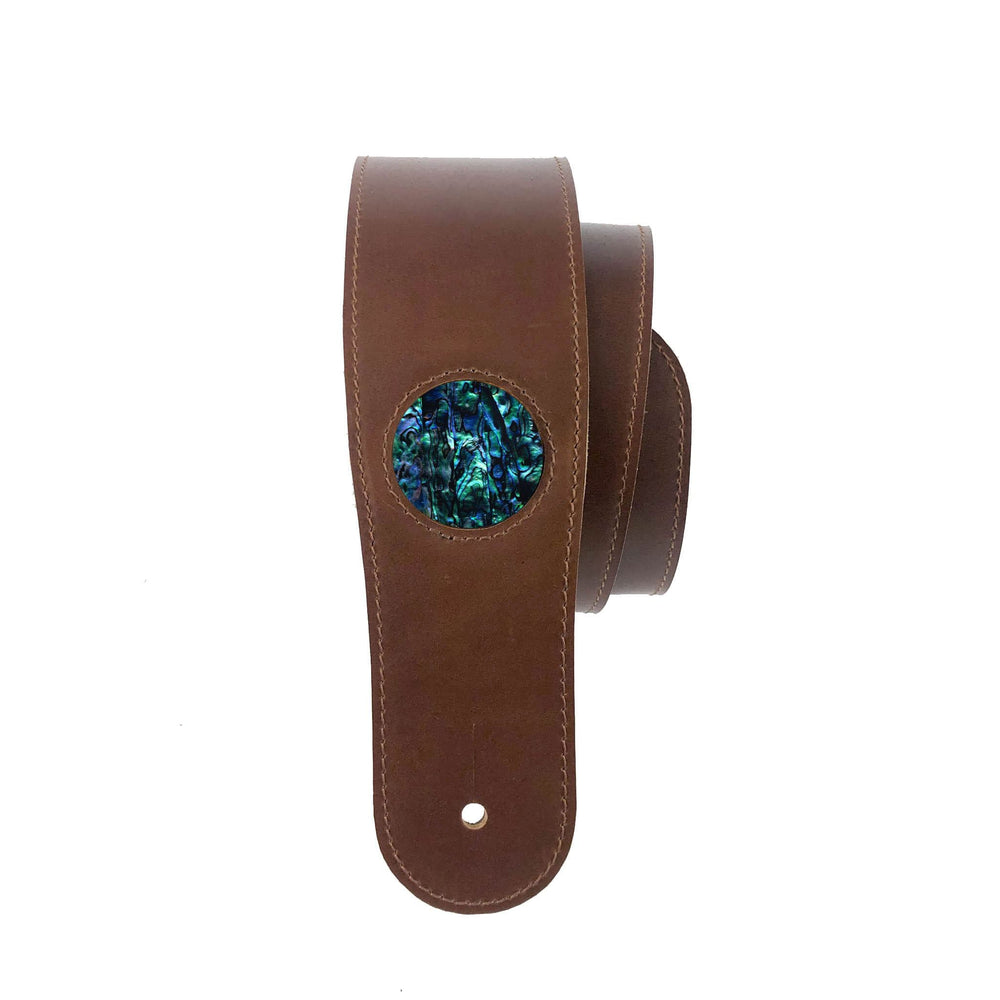3 Ways a Capo Can Unlock Your Guitar Playing

I’m always surprised when I meet guitarists that overlook the massive potential of their Capo. Whenever I’m stuck in a rut with songwriting, my Capo is usually the first thing I grab from my gig bag. It’s an amazing tool that opens the door for many new sonic possibilities. Yet, there are still those that think Capos are only used to transpose songs for fussy singers.
They’re missing out, though, and here’s why. Check out these three ways that the small, but mighty Capo can unlock your guitar playing:
NUMBER 1: IT OPENS UP THE FRETBOARD
One major advantage to using a Capo is that it allows you to play lots of songs without having to learn complicated new chord shapes.
In the days before Capo use became widespread, getting the most out of your guitar meant learning a lot of complicated chord shapes.
But, with a Capo, you can get so many different sounds out of your guitar knowing just a few simple chords.
Take, for example, G, D, C, Em and Am. They’re probably the first chord shapes you mastered when learning the guitar and they’re the backbone of many classic pop and rock staples. With those chord shapes and Capo at your disposal, the sheer range of songs that you can play is huge.
With no Capo, for example, you could be playing Foo Fighters’ Times Like These (tab). Slide that Capo up to the second fret and the same chord shapes will give you Ben E. King’s Stand By Me (tab) and, move the Capo up to the fourth and you’re playing Bruce Springsteen’s Dancing in the Dark (tab).
In short, when it comes to learning songs, Capos allow you to do a lot with very little.
NUMBER 2: IT MAKES THE IMPOSSIBLE POSSIBLE
Take a listen to Tracy Chapman’s 1988 classic Fast Car. You’re probably familiar with that fingerpicked guitar part (tab). It’s iconic and it hooks you from the first phrase.

Here’s the thing. You can’t play Fast Car like that without a Capo. If you want to play the song in standard EADGBE tuning, you’ll have to transpose it to a different key, and when you transpose it to a different key, it loses the haunting, ethereal sound that makes it so resonant in the first place.
And Chapman isn’t the only one. Many of Smiths guitarist Johnny Marr’s most famous riffs – including Bigmouth Strikes Again (tab) – can only be played in the original key with a capo. And it’s the capo that gives those songs that distinctive, jangly quality.
Capos aren’t just for making life easier. They unlock new creative avenues for guitarists and make the impossible possible.
NUMBER 3: IT CREATES NEW TONAL POSSIBILITIES
One the most overlooked features of a Capo is that it changes your guitar’s tone, as well as key.
By placing your Capo higher up the fret board of your guitar, you’re effectively shortening the scale of the neck. The timbre is affected as a result, imparting a tonality similar to shorter scale instruments such as mandolins.
As an experiment, try playing the chord progression of G, C, G, D without a Capo. Then, place your Capo on the seventh fret and play the chord shapes C, F, C, G.
You’ll notice that – pitch wise – the progression is the same. But tone wise, it’s a whole different story. The set without the Capo are bassier, deeper and more grounded. Those played at the seventh fret, meanwhile, are airier, with a distinctive, mandolin-like jangle.
Those tonal variations can really set the mood of a song. And, it really opens doors for layering guitars. Play that seventh fret C, F, C, G chord progression again, but get a friend to play G, C, G, D without a Capo underneath. Notice how they sound together.
Legendary guitarists have been using Capos to create complimentary guitar parts like this for years - you’d be amazed how many classic studio recordings feature this technique.
So, if you want to take your guitar playing to a new realm, but are stuck in a rut, keep a capo handy. More than just a singer's aid, it's a powerful creative tool.



